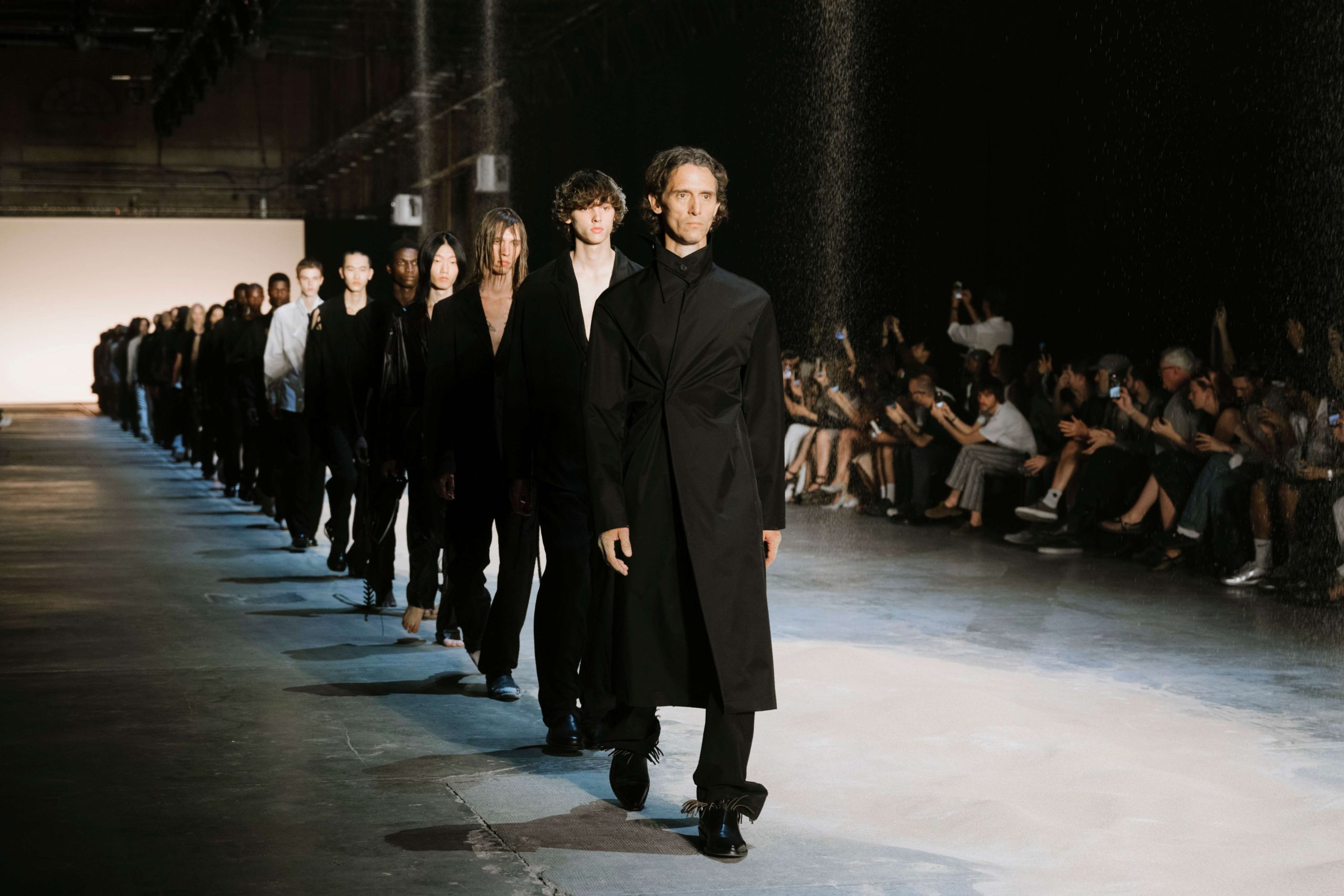The Art Basel and UBS Global Art Market Report 2024 indicates that Asia’s share of the global art market share is rising, despite a downturn in upmarket sales globally. David Ho looks at the numbers and breaks it down into words
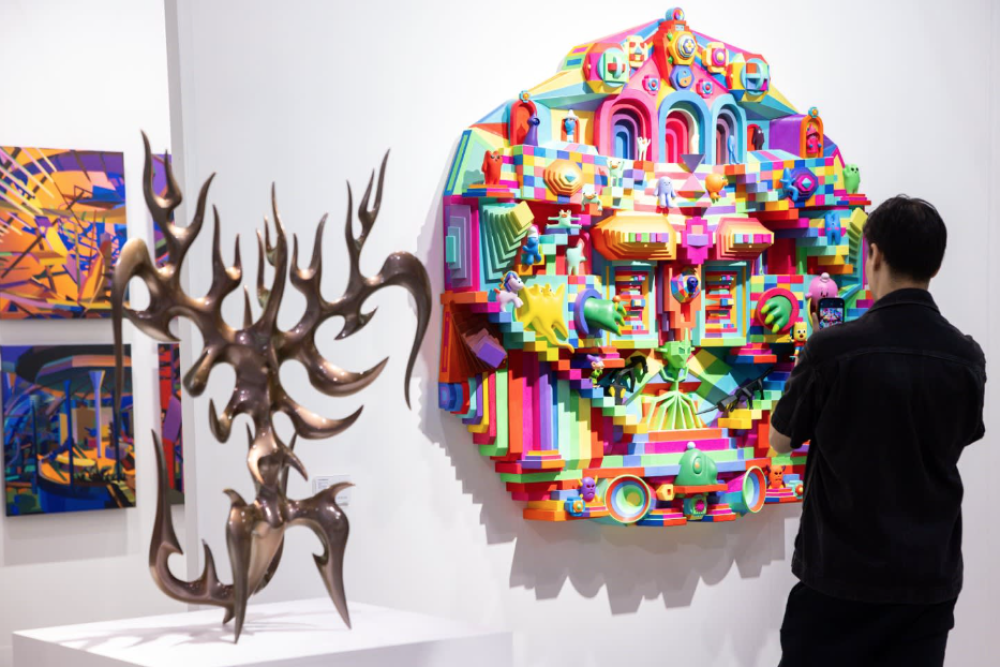
Art week is officially here! Art Basel, Art Central, HKwalls exhibitions, and Phillips auctions are just some of the many events celebrating the arts in Hong Kong. The plethora of events, along with the number of attendees we’ve seen at them, indicate a healthy appetite for the arts here.
But appreciation hasn’t always translated to sales figures. The Art Basel and UBS Global Art Market Report 2024 indicates that the global art market experienced a year-on-year slowdown of 4% in 2023.
The report named factors such as “high interest rates, inflation, and political instability” as contributors to slowing growth at the top end of the market. However, the estimated sales of US$65 billion in 2023 was still proof of its resilience as it surpassed the pre-pandemic 2019 sales levels of US$64.4 billion.
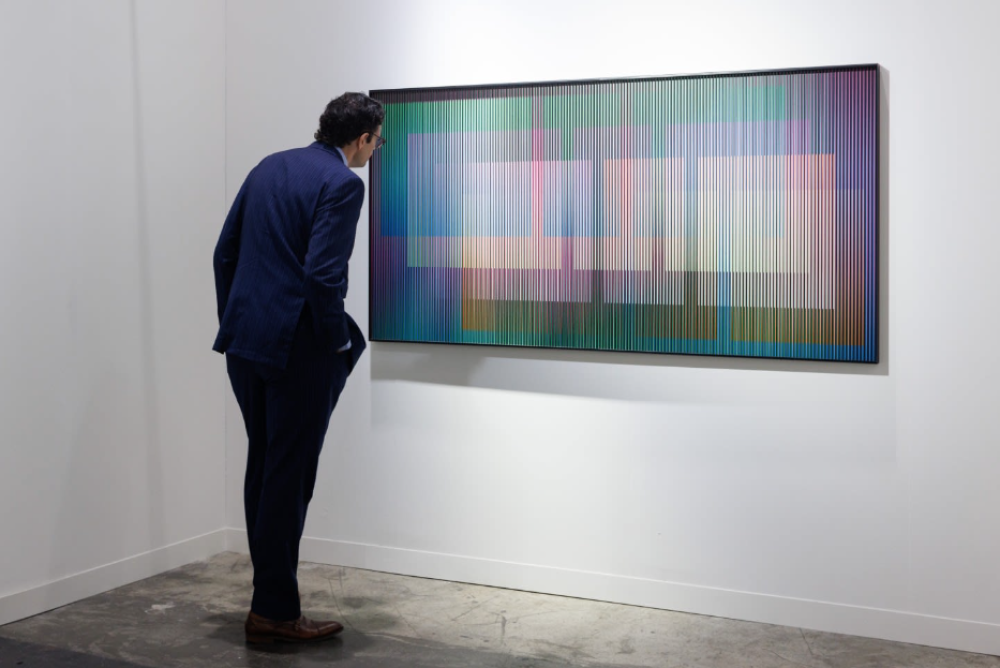
On the bright side, there was a notable 4% increase in transaction volume, totalling US$39.4 million, for deals at lower price levels. The buoyant trade environment is good news for dealers and auction houses in the more affordable segments of the market.
“2023 saw a much-anticipated easing in sales in the art market after two years of strong growth after the pandemic. While high-end sales were thinner, activity held up at lower levels and the market continued its evolution along a dual path of offline and online sales,” says Dr Clare McAndrew, the founder of art market consultancy firm Arts Economics and author of the report.
“As in many other industries, rising costs were the key challenge for businesses in the art market in 2023, and profitability became a more closely monitored metric than sales. The focus for many in 2024 has shifted from rapid expansion at all costs to finding ways to achieve sustainable and profitable growth and stability as they continue to navigate an uncertain economic and political future.”
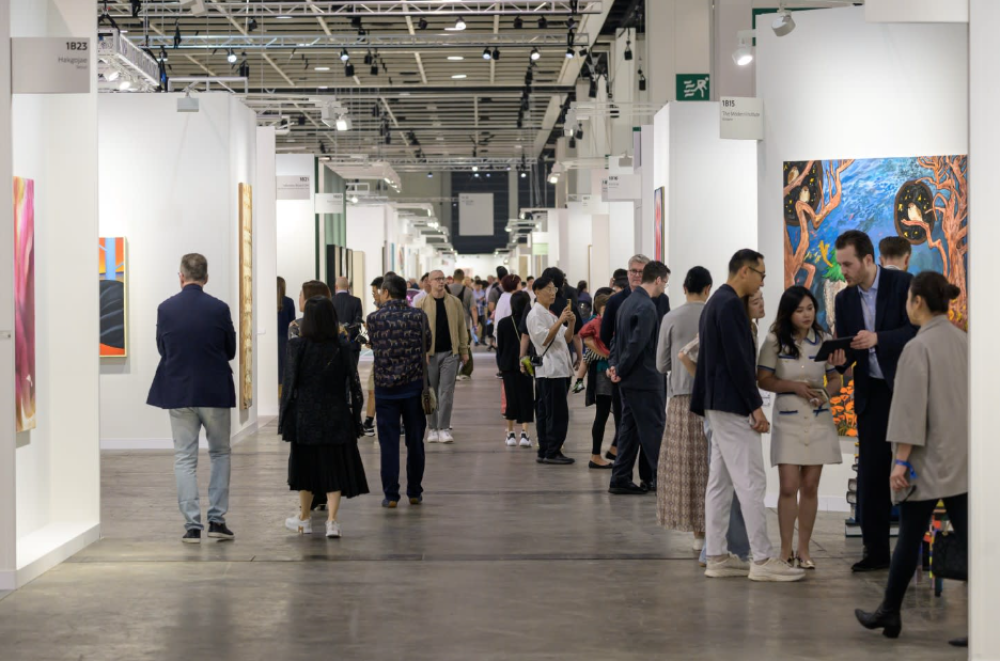
Naturally, the next question would be where are people buying art and which markets are growing. The Art Basel and UBS Global Art Market Report 2024 put the US in the leading position globally, as it made up 42% of worldwide sales value, even though it was down 3% year-on-year.
But Asia rose up in the rankings as the region’s biggest market, China, surpassed the UK as the second-largest global art market with its share rising to 19%, while the UK slipped to third place with a 17% share. France retained its position as the fourth-largest art market with 7% of global sales.
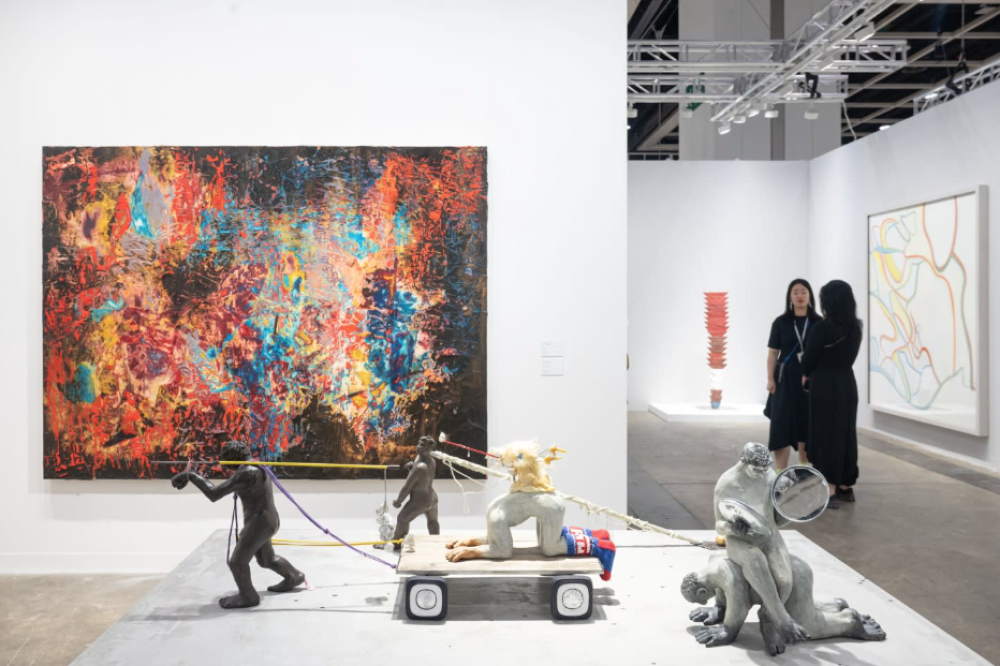
“In the wake of easing COVID-19 restrictions, China’s art market has increased by 9%. This follows a similar pattern to the response we saw in other markets around the world in 2022, which reported an initial post pandemic boom followed by reports of slower sales and the pace of increase moderating,” says Adrian Zuercher, the head of global asset allocation at UBS Global Wealth Management CIO.
“Like other regions, the luxury industry in Asia has also encountered a shift in spending on entertainment and experiences. This applies to the Asian art market too, where many art world fairs and events have resumed their full scale and visitors have returned with enthusiasm. From a wider economic perspective, growth in Asia is forecasted for 2024, driven by a shift in policy easing and a moderate expansion in regional exports.”
The extenuating factors all point to an optimistic forecast for the art market. Those in the market also seem to share the bright outlook for 2024, as 36% of dealers expected an uptick in sales, while 48% expected turnover to remain stable. Only 16% of dealers surveyed predicted a decline.
In spite of sluggish upmarket sales, dealers with turnovers exceeding US$10 million expressed the most optimism for 2024, with 50% expecting an increase in art fair sales.
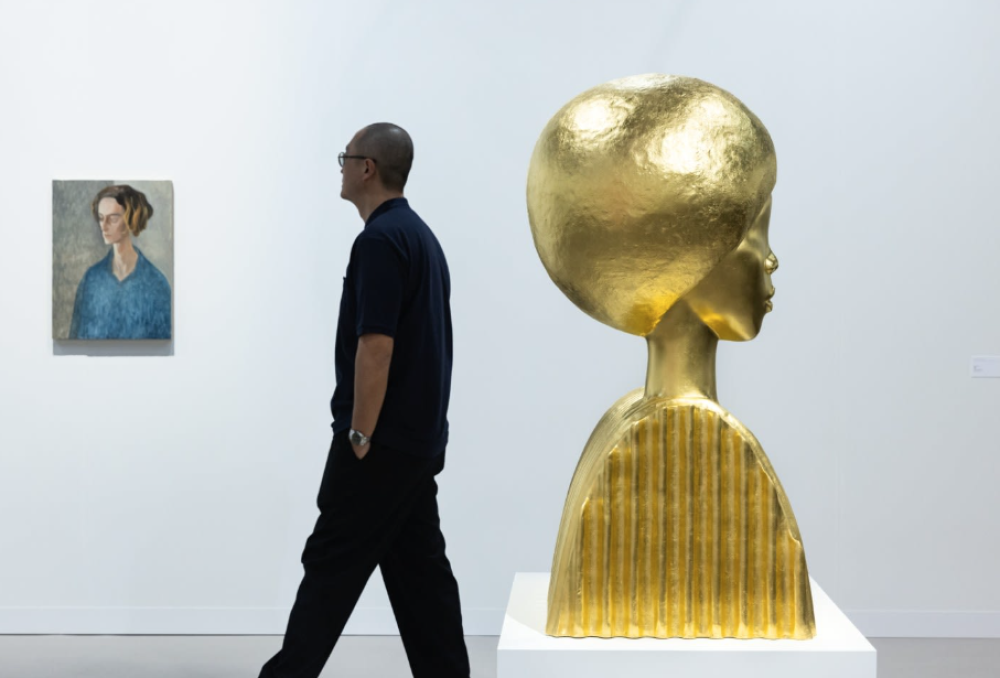
Paul Donovan, chief economist at UBS Global Wealth Management, expects the art market to continue to prove its resilience. “Alongside the strength of financial markets, expected declines in interest rates, and weakening inflation, this offers hope for 2024. We are observing a shift in the luxury market away from goods purchases towards spending more on “having fun”- leisure travel, entertainment, and socializing,” he says.
“Art is so much more than possessing physical objects – and the events, experiences, and social networks associated with collecting should provide support for the sector.”
All images courtesy of Art Basel
Also see: HKwalls turns 11 with a bang




